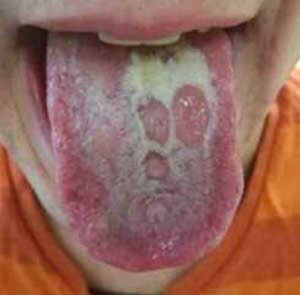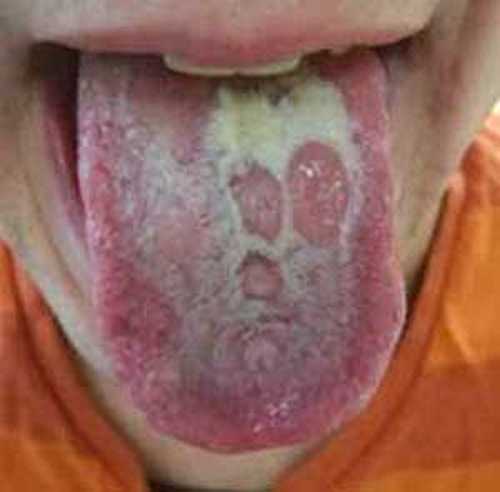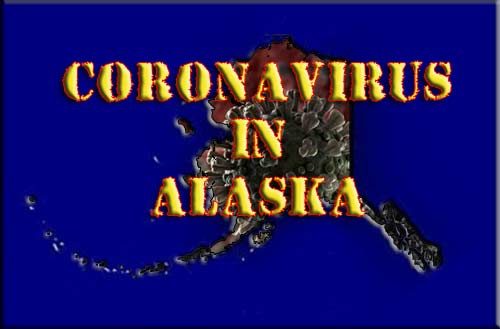
The purpose of this Public Health Advisory is to raise awareness about an increase in the number of syphilis cases reported during the first quarter of 2018. To date, there have been 20 confirmed cases and 2 probable cases of infectious syphilis reported in 2018.
By comparison, annual case counts were 20, 20, and 21 for 2015, 2016, and 2017, respectively. Most (80%) of the cases in 2018 occurred in Anchorage; 90% were in males; and ages ranged from 20–63 years, with 80% of the cases >30 years of age. Of the males, 80% reported having sex with other males (MSM). Some patients have reported finding sex partners through phone apps (e.g., Grindr and Craigslist). Of the 20 confirmed syphilis patients, 5 (or 25%) were co-infected with HIV, 15 were White, 3 were Alaska Native people, and 2 were Black. The two female patients are of childbearing age.
Alaska’s uptick is part of a national trend of increasing rates for syphilis. The Centers for Disease Control and Prevention (CDC) 2016 STD Surveillance Report indicates that there was a 17.6% increase in reported primary and secondary syphilis rates nationally from 2015 to 2016; the highest rate reported (8.7 cases per 100,000 population) since 1993. In 2016, Alaska ranked 50th in the nation for syphilis case rate. The CDC Report notes that MSM account for the majority of reported syphilis cases in 2016. The Report also notes that syphilis continues to be characterized by a high rate of HIV co-infection, particularly among MSM.
Syphilis control involves getting infections identified early; offering prompt treatment of cases; and identifying, testing, and treating all sexual partners. Syphilis is divided into stages (primary, secondary, latent, and tertiary), with different signs and symptoms associated with each stage.
A person with primary syphilis generally has one or more chancres usually (but not always) firm, round, and painless lesions that appear around 3 weeks after infection. Patients are highly infectious at this stage, especially in the case of direct contact with a moist lesion.
In utero transmission is likely in pregnant women. Symptoms of secondary syphilis include mucocutaneous lesions (most common are rashes on palms and soles of feet), swollen lymph nodes, fever, and sometimes patchy hair loss. Even without treatment, symptoms usually clear within 2-6 weeks but can last up to 3 months. The signs and symptoms of primary and secondary syphilis can be mild, and they might not be noticed.
During the latent stage, there are usually no signs or symptoms.
Tertiary syphilis is associated with manifestations in the skin and bones (gummas), and cardiovascular systems. Neurosyphilis and ocular syphilis can occur at any stage of syphilis. The nervous system is infected within hours after acquisition but it can take weeks or years before symptoms are present, if at all.[xyz-ihs snippet=”Adsense-responsive”]




